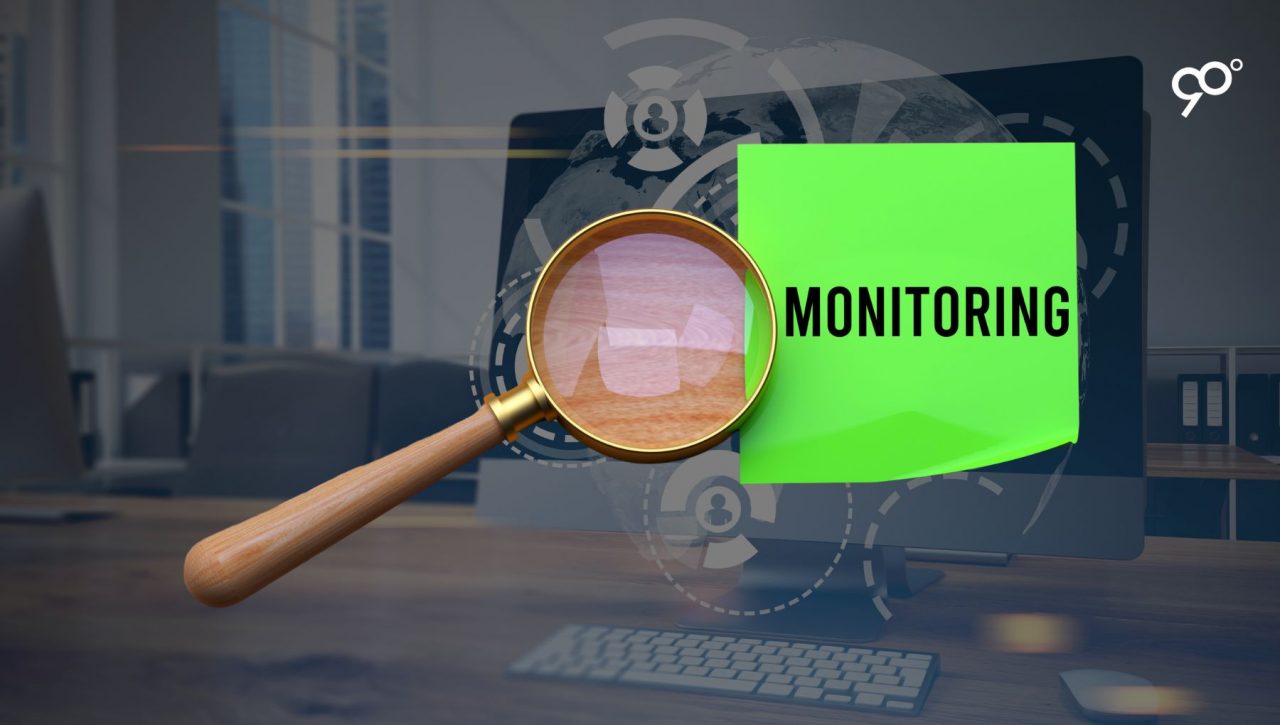
In an era where news breaks on social media before it hits traditional outlets, the speed and precision of public relations have never been more crucial. Real-time PR monitoring has become essential, but staying ahead of the narrative is no longer just about reacting quickly—it’s about predicting what’s coming next. That’s where predictive analytics is revolutionizing modern PR strategies.
Predictive analytics
Predictive analytics uses historical data, machine learning algorithms, and real-time inputs to forecast future outcomes. In public relations, this means identifying patterns in audience behavior, media trends, and brand sentiment before they fully develop. Instead of just monitoring what’s being said, PR professionals can anticipate shifts in conversation and respond proactively.
The shift from reactive to predictive monitoring marks a significant change in how campaigns are managed. Rather than waiting for a crisis to trend or a negative story to gain traction, predictive tools can flag anomalies early. For example, an unusual increase in social mentions around a specific topic or keyword could signal an upcoming media storm. PR teams, alerted in real time, can prepare statements, coordinate with stakeholders, and control the narrative before it spirals.
This level of foresight is especially valuable in protecting brand reputation. Predictive analytics can evaluate sentiment over time, uncovering slow-building negative trends that might otherwise go unnoticed. It can also identify key influencers or media outlets that are likely to amplify specific messages—positive or negative—giving PR teams the chance to engage strategically and shape outcomes.
Real-time monitoring
Real-time monitoring powered by predictive insights also enhances campaign performance. By analyzing how similar campaigns have performed in the past, PR professionals can adjust messaging, optimize launch timing, and target the right platforms for maximum engagement. It’s no longer guesswork; it’s data-driven decision-making that minimizes risk and boosts results.
The technology behind these capabilities is increasingly accessible. Cloud-based analytics platforms and AI-driven media monitoring tools can now integrate seamlessly with PR dashboards. It offers live updates and predictive alerts. These platforms not only scan traditional media and social channels but also dive into forums, video content, and even customer review sites. It ensures nothing slips through the cracks.
Still, the power of predictive analytics doesn’t replace human judgment. It enhances it. While algorithms can spot trends and outliers, experienced communicators are needed to interpret the context, tone, and implications. The best results come from a balanced approach: using predictive tools to guide strategy while relying on human insight to tell the right story in the right way.
Ethical considerations
Ethical considerations also matter. Predictive analytics relies heavily on data. It is how that data is sourced, stored, and used must align with privacy standards and brand values. Transparency in both technology and communication is key to building and maintaining public trust.
The real advantage of predictive analytics is its ability to shift PR from reactive mode to strategic foresight. In a media environment that never sleeps, the organizations that succeed will be those that can see what’s coming—and act before it arrives. With real-time monitoring powered by predictive insights, PR teams can move from managing crises to preventing them, and from chasing trends to setting them.
Follow Ninety Degrees PR Solutions on LinkedIn for more public relations and communication related articles.

